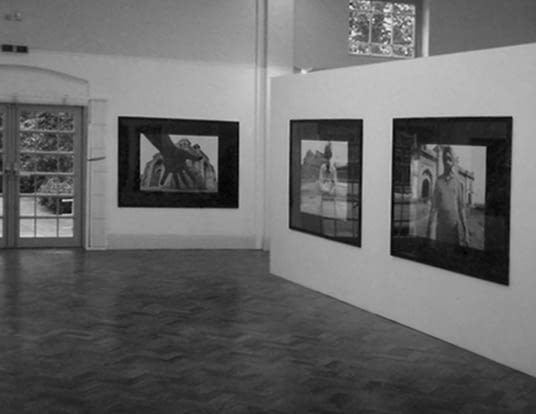2. My Cosmopolitan Town
Mystics and mysticism were popular in Mattancherry. Mythical and legendary stories of scholarly or superhuman actions surround the several dargahs and shrines of mystic men and women, which belonged to different religions. However, believers from all faiths would visit, pray and give offerings to a Jewish or Islamic or Christian one without any restrictions or fear.










